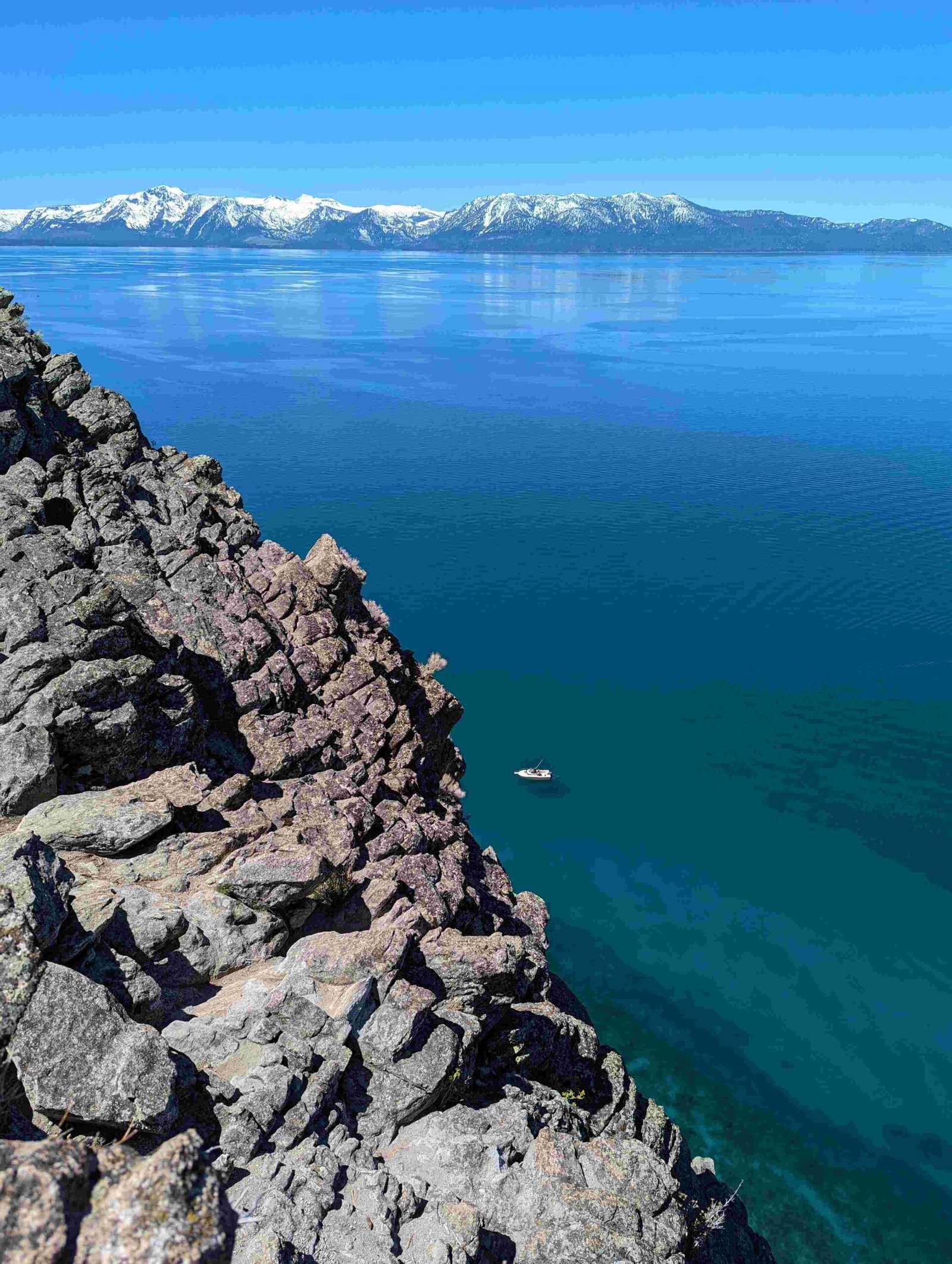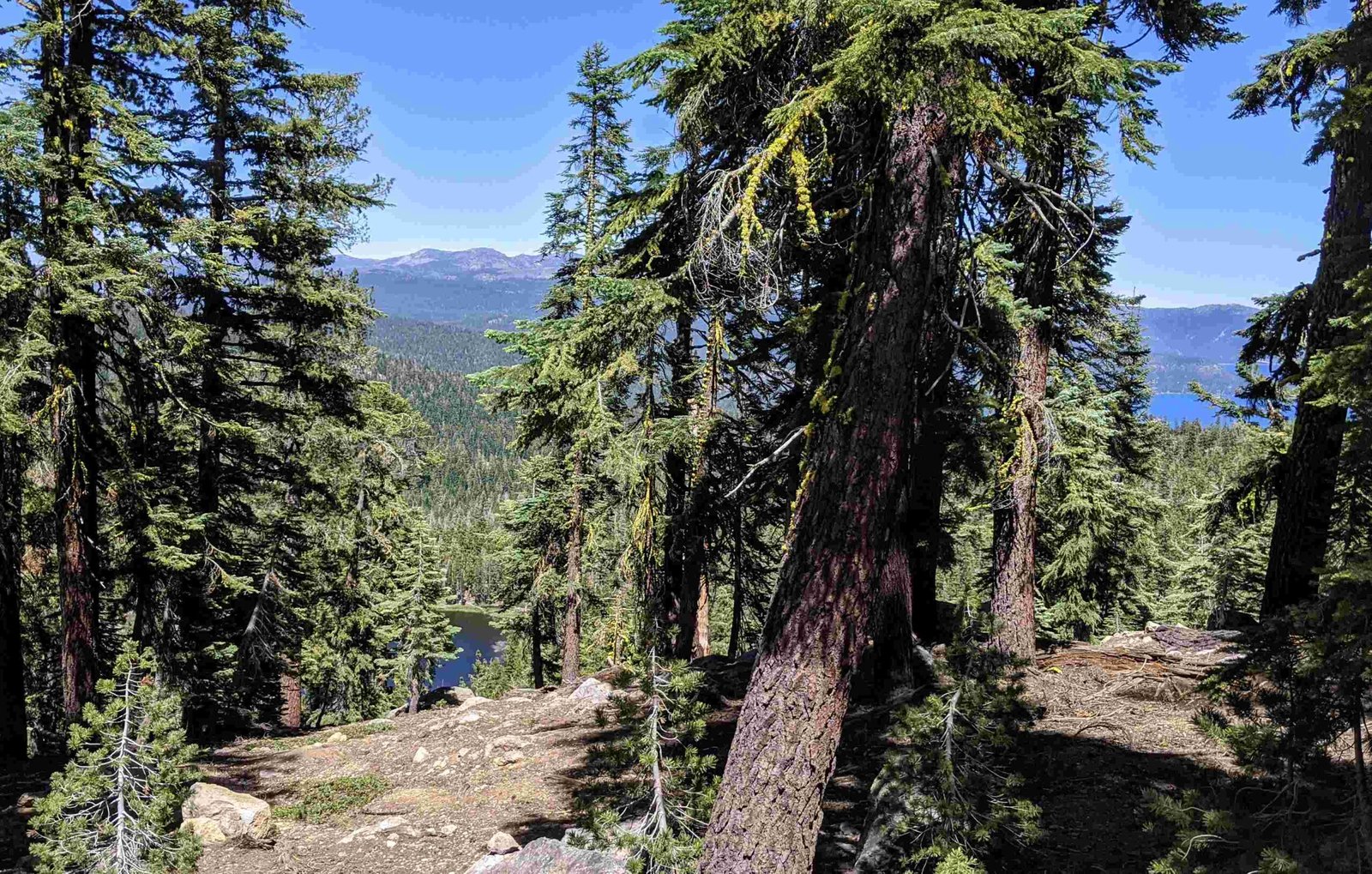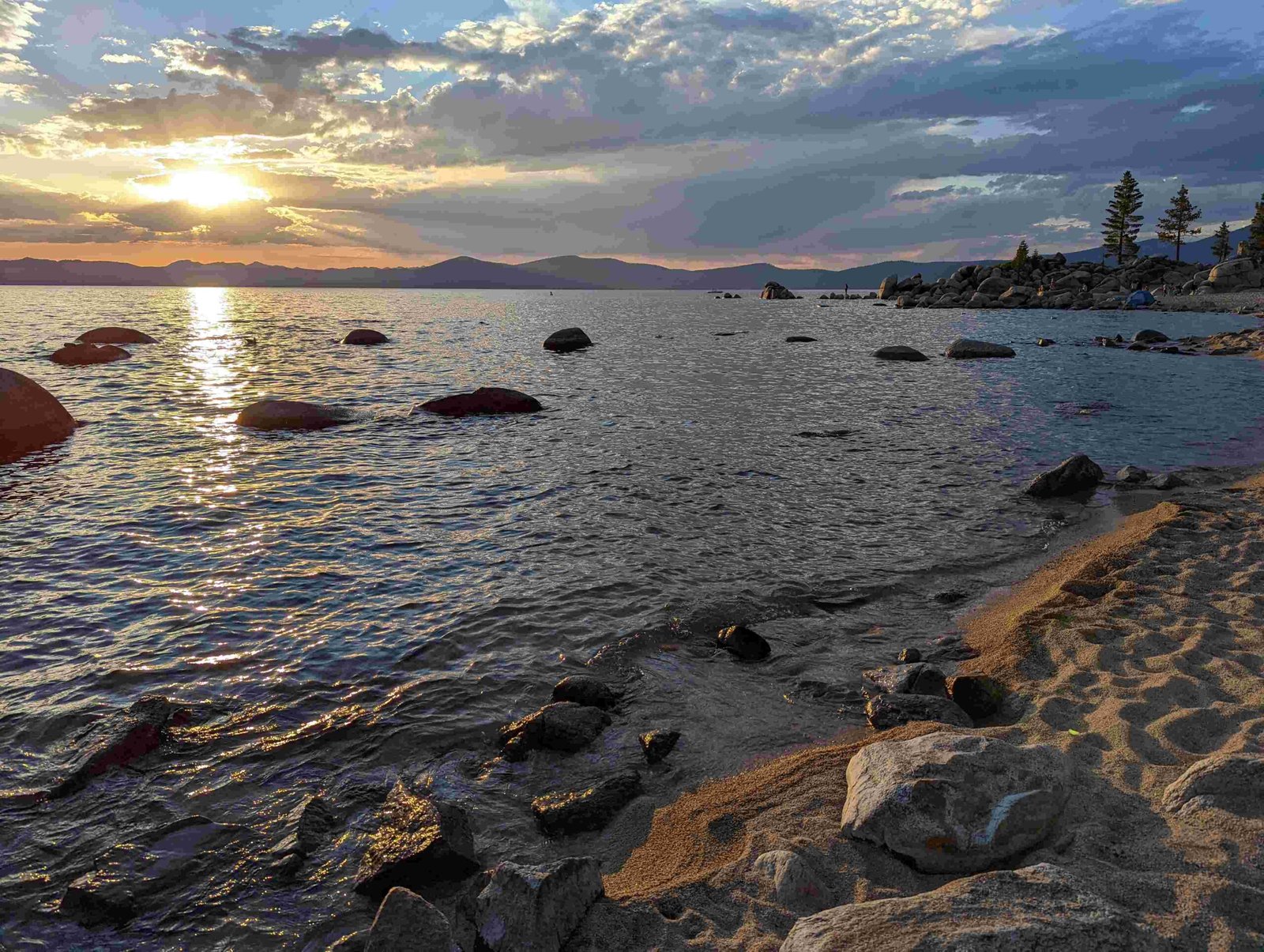Emerald Bay in Lake Tahoe presents a dynamic aquatic environment with water temperatures ranging from a chilly 41.9°F in winter to a comfortable 68°F during peak summer months. Understanding these temperature variations is crucial for swimmers, water sports enthusiasts, and nature lovers planning their Lake Tahoe experience. This comprehensive guide explores the nuanced water temperature patterns, offering insights into the best times for water activities and environmental considerations.
What Determines Emerald Bay Water Temperature?

Emerald Bay’s water temperature is influenced by multiple factors:
- Altitude: Located at 6,225 feet above sea level
- **Mountain snowmelt
- **Solar radiation
- **Seasonal atmospheric conditions
- **Water depth and currents
How Cold Does Emerald Bay Get?

| Month | Average Temperature | Minimum Temperature | Maximum Temperature |
|---|---|---|---|
| January | 43°F | 40.1°F | 45.7°F |
| February | 41.9°F | 39.4°F | 44.2°F |
| March | 42.3°F | 39.6°F | 45.7°F |
| April | 44.2°F | 40.6°F | 51.4°F |
| May | 50.7°F | 44.1°F | 58.3°F |
| June | 57.7°F | 50.9°F | 68.9°F |
| July | 66.4°F | 59°F | 73°F |
| August | 68°F | 64.4°F | 71.6°F |
| September | 64.9°F | 59°F | 70.5°F |
| October | 58.5°F | 53.2°F | 63.1°F |
| November | 52.3°F | 48.4°F | 57.9°F |
| December | 46.6°F | 42.3°F | 52°F |
When Can You Swim in Emerald Bay?
The optimal swimming period occurs during July and August when water temperatures consistently remain above 68°F. Swimmers should consider:
- Wearing appropriate thermal protection
- Checking current water conditions
- Understanding personal cold water tolerance
- Monitoring weather forecasts
What Safety Precautions Matter?
Emerald Bay’s unique topography demands specific safety considerations:
- Water temperatures can change rapidly
- Hypothermia risk exists even during summer
- Recommended wetsuit thickness: 4-5mm
- Always swim with a partner
- Use proper thermal protection gear
How Do Seasonal Changes Impact Water Temperature?
Winter Conditions
- Lowest temperatures: 39-45°F
- Extremely challenging for swimming
- Ice formation potential
Spring Transition
- Gradual temperature increase
- Water warms from 42°F to 50°F
- Unpredictable conditions
Summer Peak
- Most comfortable swimming period
- Temperatures reach 66-68°F
- Maximum recreational potential
Autumn Cooldown
- Temperatures decline from 64°F to 52°F
- Reduced swimming opportunities
What Equipment Helps Manage Cold Water?
Recommended gear includes:
– Full-body wetsuit
– Neoprene hood
– Thermal swim cap
– Neoprene gloves
– Booties
Expert Recommendations
Professional swimmers and local guides suggest:
– Acclimatize gradually to cold water
– Use proper thermal protection
– Monitor personal health conditions
– Avoid extended exposure
Unique Emerald Bay Characteristics
- Depth: Approximately 1,000 feet
- Water clarity: Exceptional
- Geological formation: Glacial origin
- Surrounding ecosystem: Alpine environment
Reference:
– NOAA Water Temperature Data
– Lake Tahoe Water Research Center
– California State Parks Official Website

